The Table below is extracted from the SOFT Trisomy in Review Research Newsletter, first published in 1993 and updated in 2005. It is meant to provide a framework and checklist for medical care, follow up, and screening of infants and children with trisomy 18 and 13. Note in reviewing the Table that precise figures for most medical complications are unknown. Baty, et al. did present data at the 1989 American Society of Human Genetics summarizing the medical complications from a questionnaire study of over a hundred families of children with trisomy 18 and 13. This presentation is in abstract form and to our knowledge is the only detailed look at some of these medical complications other than the usual textbook listing of congenital malformations (Baty BJ, et al. 1989).
Infants (0-1)
| MANIFESTATION / THEME | DIAGNOSTIC or SCREENING TEST / REFERRAL |
|---|---|
| Congenital Heart Defects | Cardiac evaluation, including echocardiogram in newborn period |
| Developmental Disability | Referral to early intervention program/Referral to other programs for children with disabilities (OT, PT speech/hearing) |
| Growth Delay | Measure length, weight, head circumference at every visit; plot on trisomy |
| Feeding Difficulties | Referral to dysphagia or feeding team; assessment for GE reflux, consider G-tube at 6 months |
| Hearing Loss | Audiology 6-8 months of age; follow-up as needed |
| Neurologic / Central Nervous System | Neuroimaging in newborns and infants with trisomy 13 as needed |
| Ocular Malformations | Routine in trisomy 13; as indicated in trisomy 18 |
| Neoplasia (Wilms Tumor / Hepatoblastoma) | Every 6 month abdominal ultrasound at 6 months in children with trisomy 18 |
| Other Respiratory | Referral to Pediatric Pulmonology where appropriate |
| DIFFICULTIES | |
| Genetic Issues | Referral for medical genetics consultation and genetic counseling |
| Family Coping | Family counseling as needed; referral to support group, local, national SOFT; distribute written information |
Older Children
| Developmental Disability | Referral to special education and other educational resources (PT, OT, speech) |
| Urinary Tract Infection (UTI) | High risk of suspicion; evaluate when needed |
| Scoliosis (especially in Trisomy 18) | Follow closely; referral to Orthopedics as indicated |
[Carey, 2005]

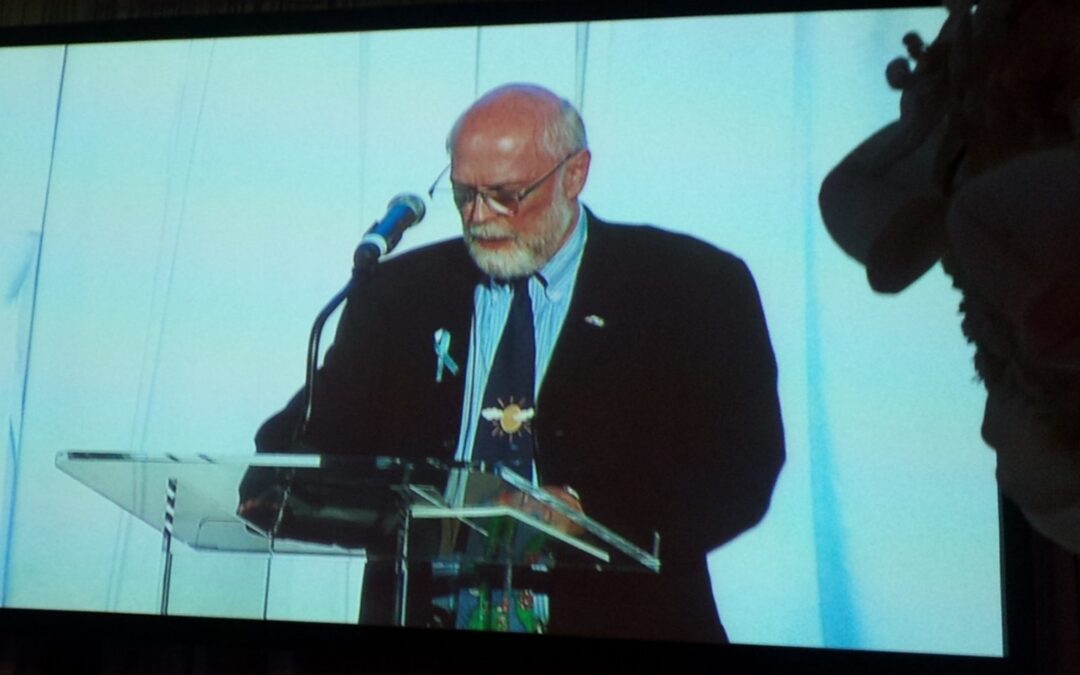






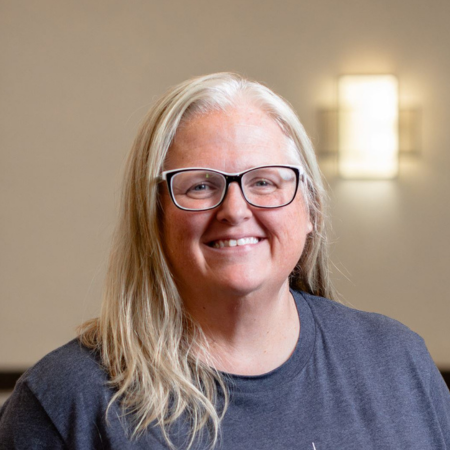









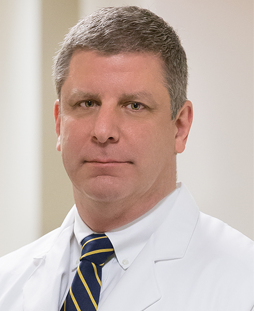






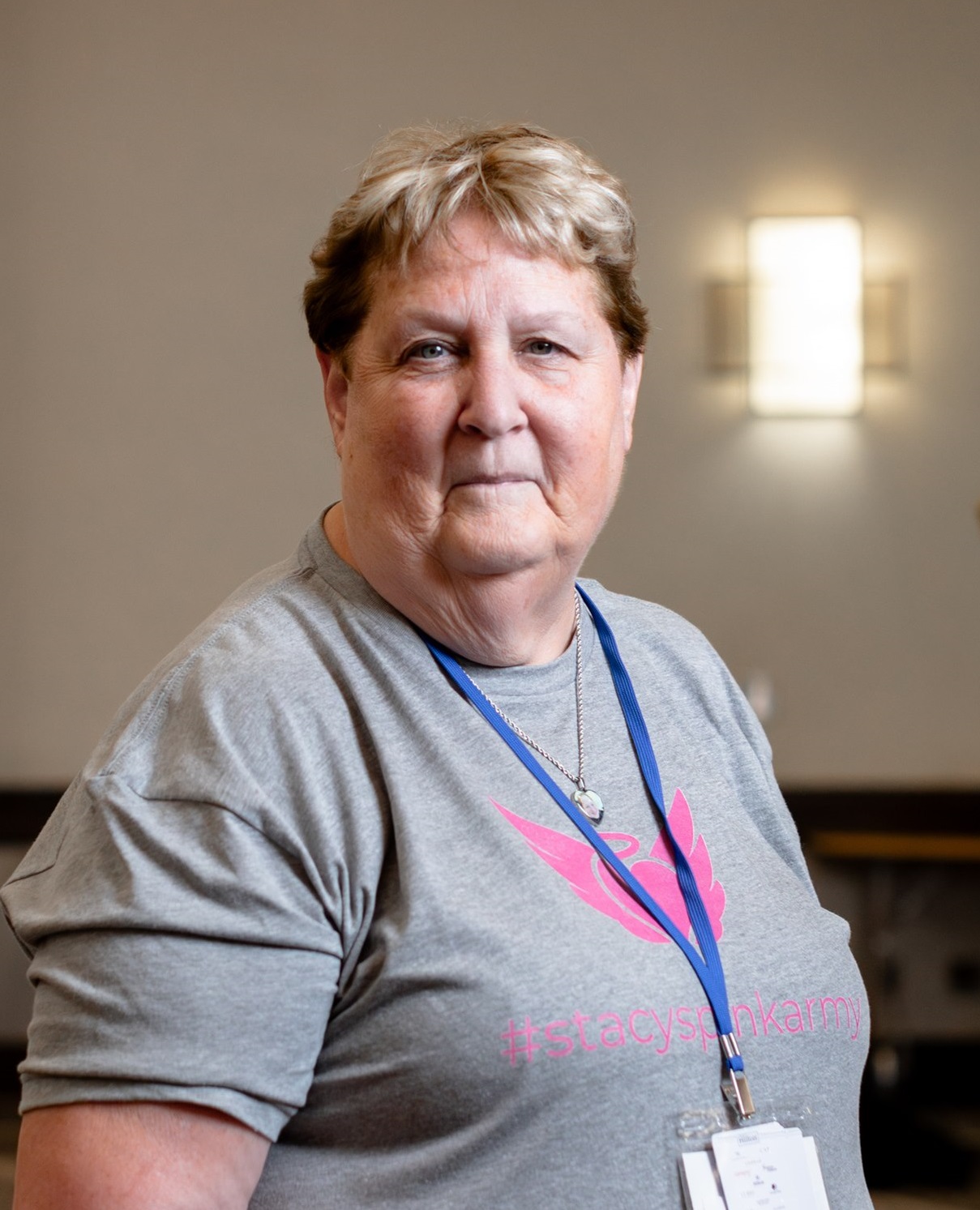
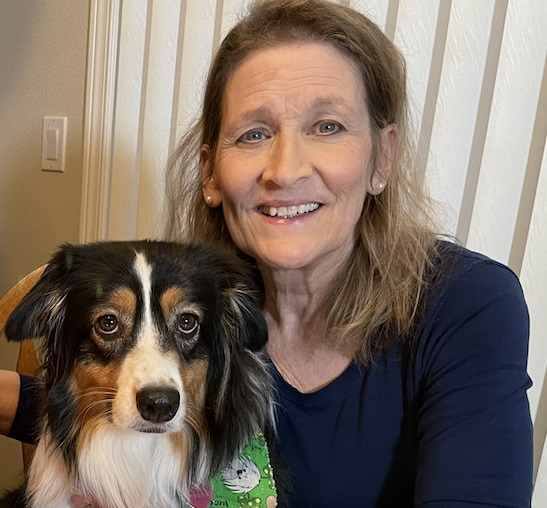
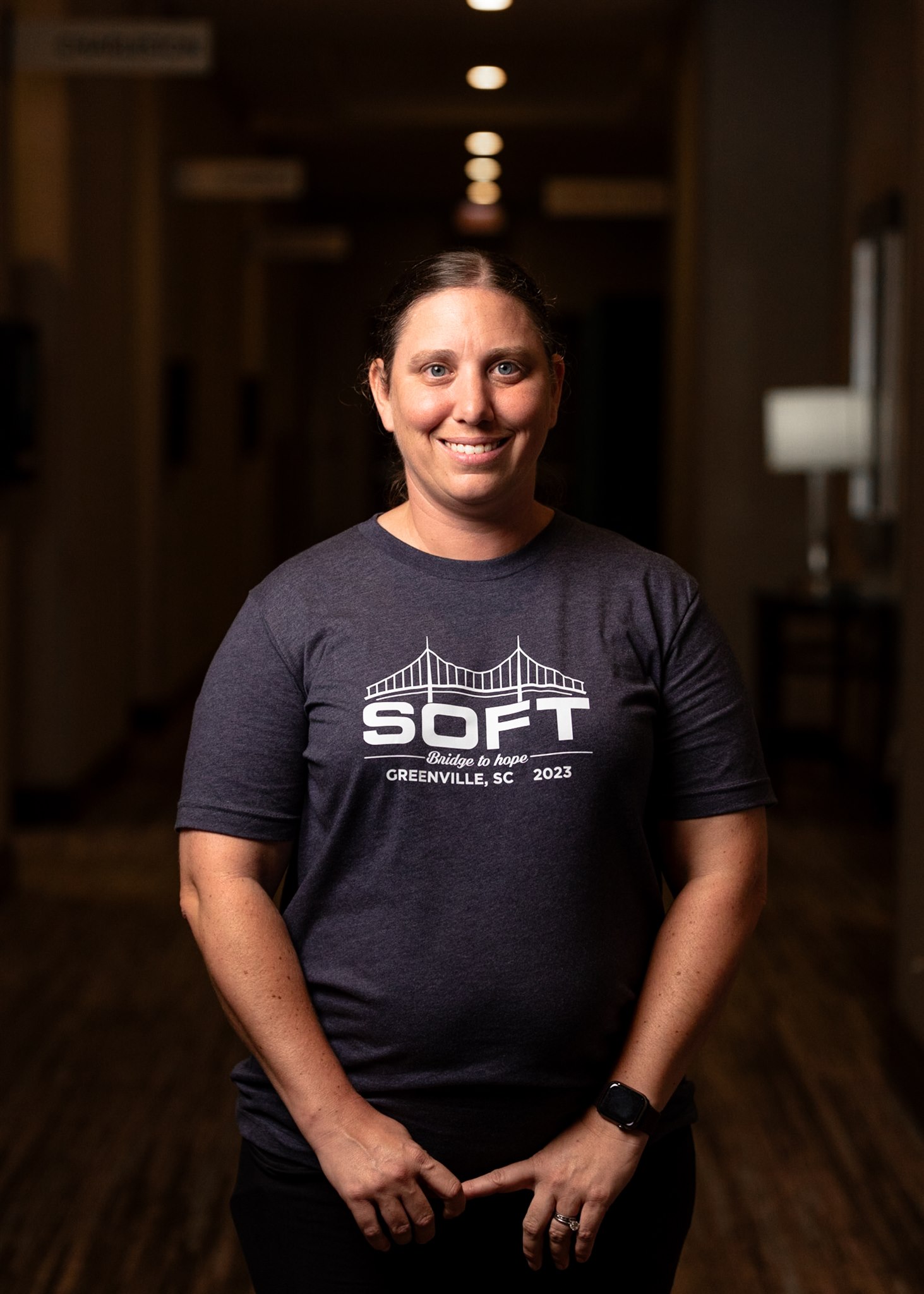




Recent Comments